 Setting aside the failed efforts to take on the failings of graduate education over the last 20 years, some of which efforts were pretty high profile, the National Academy of Sciences has been wading in this pool, now, for a couple of years.
Setting aside the failed efforts to take on the failings of graduate education over the last 20 years, some of which efforts were pretty high profile, the National Academy of Sciences has been wading in this pool, now, for a couple of years.
Their collective hearts and minds are in the right place, but this group only knows one way to do business, namely: convene a bunch of people around an agenda, gather what is known, make a recommendation for a funding program, create a call for proposals along with a new funding initiative at places like the National Science Foundation, and then (at least in the first round) fund those same people who were gathered and wrote the recommendations.
This system has worked pretty well for basic science programs since its introduction in the 1940s, which was inspired by the revolutionary success of the Manhattan Project: let’s tackle high speed computing, sustainable energy, cancer, and so on. It has not worked so well for the social science aspects of science, particularly education.
Social reform driven by an influx of funding is extremely difficult to sustain because it becomes a thing to go to get and spend money on, when you should be doing it well in the first place.
Social reform is not doing science. When you do not know something in science, you fund its discovery, and after a while, you have either discovered it or you cut bait and move on to something else.
Social reform means (broadly speaking) that we are doing something wrong with the resources we have and we (rather simply) need to start doing them right. A necessary goal is cultural change.
You should not need to bribe someone to not do something bad (back in the old country, that is called extortion and protectionism).
My deep fear is that this recent activity will result in the same outcome that has always come from this group. They will revert to form and start offering big juicy carrots to create the same white elephants of systemic curriculum reform that have emerged from these one-trick ponies again and again (never let it be said that I do not know how to mix a metaphor). The universities will create new programs and agree to carry them out with the promise of continued funding, but the core bad behaviors will not change.
Interestingly, those places most in need of shaking up (the high-powered research institutions who are fighting over access to the money) are exactly the places that tap the money keg to the greatest extent and have the greatest number of students who are affected.
And that, my friend, is what we call leverage. Two can and should play at this game. The wheel may be crooked, but it is the only game in town.
The people with the carrots need to think about their sticks. They can fix this whole thing overnight with no incremental costs and no bloody new funding initiative to do what we should be doing in the first place, namely, a responsible job at educating students and preparing them for their professional futures.
The NAS needs to stand up and say no more bribes for just doing your job, and no rewards for not having done it.
They can accomplish their goal in a one statement initiative that is issued by the funding agencies. All of them.
Starting three years from now, you need to demonstrate, convincingly and up front, that you, your department or unit, and your institution are committed to the holistic cause of responsible and morally sound graduate education. If we are not convinced, we do not fund your grant requests.
You can use up to 15% of the Indirect Costs you are collecting from us to put towards efforts to support and improve graduate education.
And remember: this really matters, because in three years your convincing demonstration will be as prerequisite to funding as having hired an excellent cadre of clever researchers. And do not forget that you must demonstrate that you have done something convincing and sustainable at all three levels: at your institutions, in your departments or units, and in your research groups.
Sincerely Yours,
The People with All the Carrots



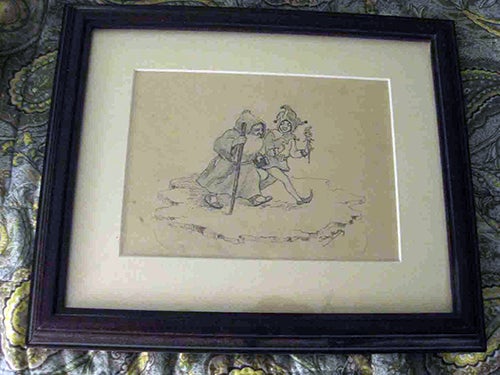
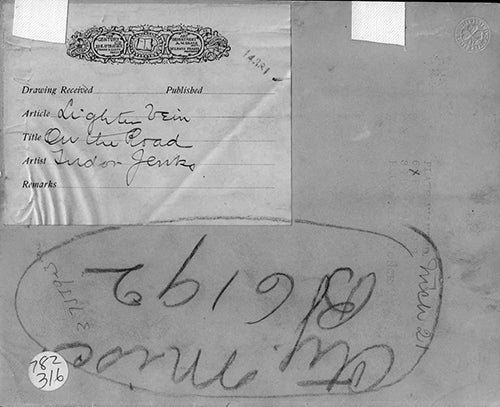
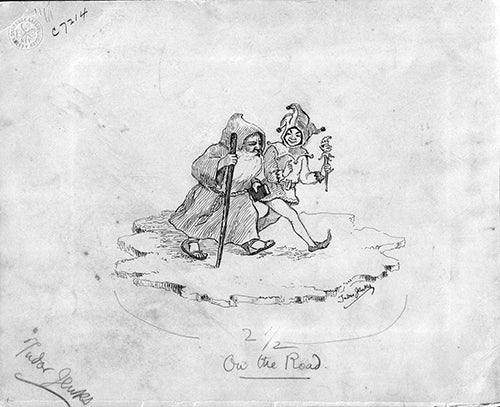
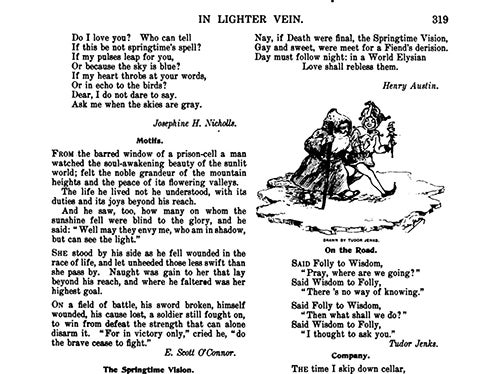
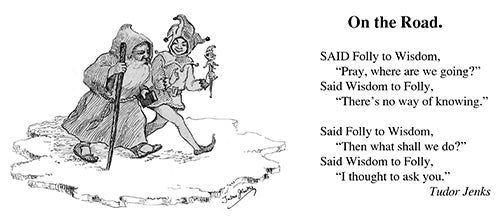
 Setting aside the failed efforts to take on the failings of graduate education over the last 20 years, some of which efforts were pretty high profile, the National Academy of Sciences has been wading in this pool, now, for a couple of years.
Setting aside the failed efforts to take on the failings of graduate education over the last 20 years, some of which efforts were pretty high profile, the National Academy of Sciences has been wading in this pool, now, for a couple of years.